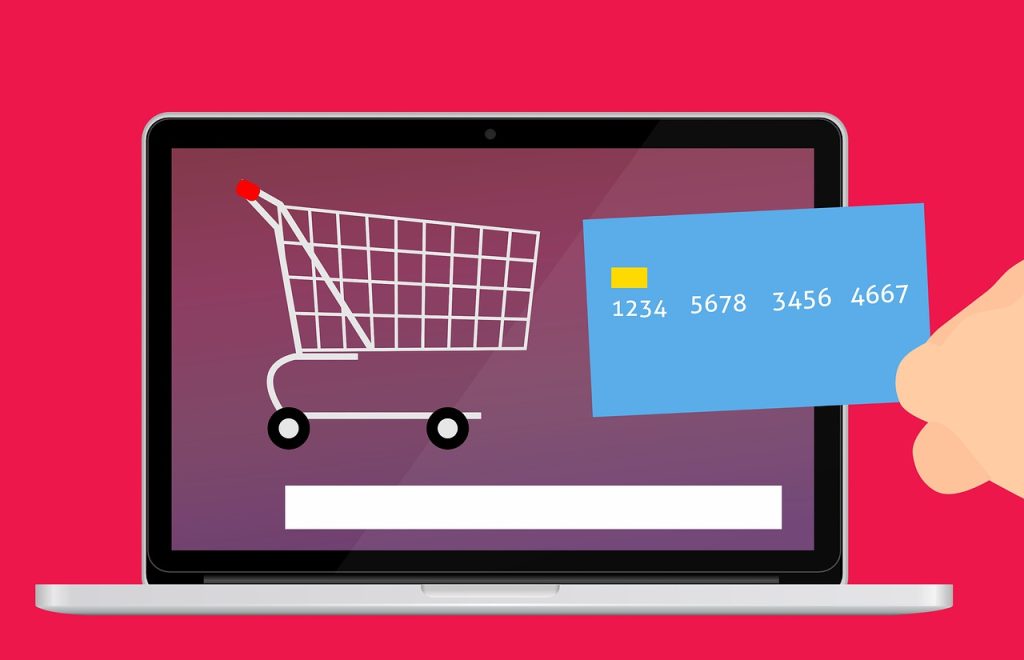Introduction:
In today’s digital landscape, user-generated content (UGC) has become a powerful tool for e-commerce businesses seeking to enhance their online presence and connect with their target audience. UGC refers to any content created by consumers or users of a product or service. This can include reviews, testimonials, social media posts, videos, and more. Harnessing the power of UGC can significantly impact an e-commerce business, fostering trust, increasing engagement, and driving conversions. In this blog post, we will explore effective strategies for leveraging user-generated content in your e-commerce business.
1. Encourage Reviews and Testimonials:
Product reviews and testimonials play a crucial role in influencing purchasing decisions. Encourage customers to leave reviews and testimonials by offering incentives or providing an easy platform for sharing their experiences. Take advantage of feedback and showcase positive reviews prominently on your website to build credibility and establish trust with potential customers.
2. Leverage Social Media:
Leveraging social media platforms is key in collecting and utilizing user-generated content effectively. Encourage customers to share their experiences, photos, and videos of your products by creating branded hashtags and engaging with their posts. Share UGC on your social media pages, showcasing your customers’ experiences, and allowing potential customers to see your products in action.
3. Run Contests and Giveaways:
Contests and giveaways are excellent ways to generate UGC. Encourage customers to participate by submitting creative content related to your brand or products. This could be in the form of photos, videos, or written testimonials. Offer attractive prizes to incentivize participation and ensure that the content generated is relevant and aligned with your brand image.
4. Collaborate with Influencers:
Influencer marketing has become a powerful avenue for showcasing user-generated content. Partner with influencers who align with your brand and target audience. Encourage them to create content using your products and share it with their followers. Influencers’ UGC can reach a wider audience, driving traffic to your e-commerce store and generating social proof.
5. Showcase UGC on Product Pages:
Integrate UGC into your product pages to enhance their appeal and provide social proof. Showcase customer reviews, photos, and videos next to the product descriptions, demonstrating how real people are benefiting from your products. This not only boosts customer confidence but also provides valuable user insights to potential buyers.
6. Create User-Generated Content Campaigns:
Launch user-generated content campaigns to engage your existing customers and create brand ambassadors. Encourage customers to share their unique experiences, stories, or creative content with your products. This could include customer success stories, unboxing videos, or before-and-after transformations. Select the most compelling content and feature it on your website or social media platforms.
7. Monitor and Engage with UGC:
Establish a system to monitor UGC across various platforms actively. Engage with customers who share content related to your brand by acknowledging and interacting with their posts. This not only shows appreciation but also encourages further engagement from both the content creators and potential customers.
Conclusion:
User-generated content has the potential to revolutionize your e-commerce business by fostering trust, increasing customer engagement, and driving conversions. By encouraging and leveraging customer reviews, testimonials, social media posts, and collaborations with influencers, you can create a powerful online presence that resonates with your target audience. Remember to constantly monitor and engage with UGC to build customer loyalty and ensure continued growth for your e-commerce business. Embrace the power of UGC and watch your brand thrive in the digital sphere.



Your point of view caught my eye and was very interesting. Thanks. I have a question for you.